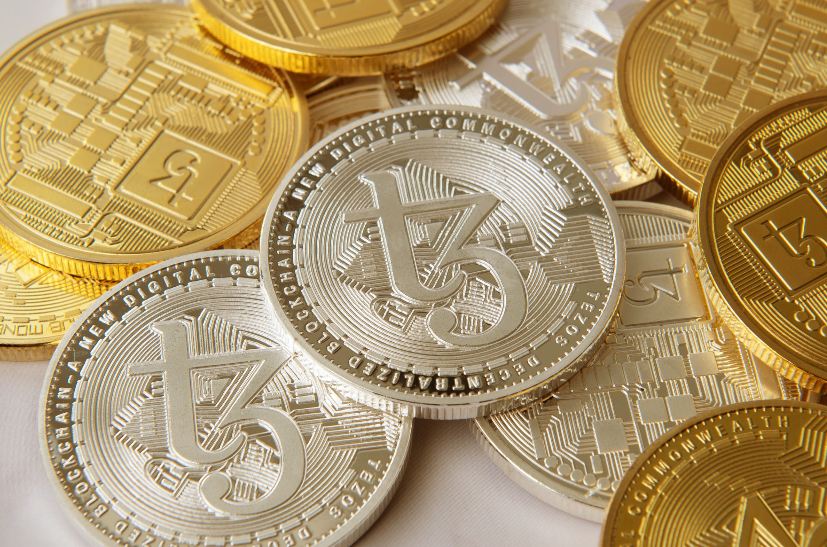In the world of blockchain, companies are constantly trying to share responsibility among more and more people. This becomes possible only with the help of particular technologies that allow only the most interested investors to participate in the decision-making process.
It is necessary to create a type of organization in which the whole community will make decisions about the future of the product. Such foundations are called decentralized autonomous organizations (DAO). Crypto enthusiasts are sure to be familiar with http://saddle.finance/ and other similar websites. There are also examples such as Synthetix, Aave, Balancer, and much more.
All DAOs cannot operate stably, applying only smart contract networks. The governance token should solve this issue. This material will tell more about this technology and its scope.
https://fastandclean.org/what-is-decentralized-finance-defi-app/
The Governance Token Concept
Governance tokens are the heart of any DAO project. Such utility coins let holders directly take part in the discussion and voting of important aspects of the protocol, along with company officials. In addition, each investor can submit ideas for dispute and even independently make changes on the control panel. There is a list of the most frequently voted questions. This includes the distribution of fees, implementation of new technologies, changes to the dev fund, and others.
Each utility token holder gains a vote that he can use in discussions. But each platform independently chooses how the votes are divided among the leading investors. Below, you can learn about several basic structures for the distribution of powers.
- One token – one vote. This is the most straightforward scheme used by lots of companies. However, analysts cannot call it reliable. This is because whales can get the most votes due to their deep pockets. It allows them to make solutions on their own, for their benefit.
- Token holding period. This scheme can save projects from whales. The one who owns governance tokens longer gets more voting power. It opens up great opportunities for those crypto enthusiasts who invested in the company immediately after its inception.
- Delegation of votes. Another scheme allows asset holders to delegate their authority to other people. This allows trustworthy community members to gain more power and contribute faster product development.
Governance tokens also give access to all other platform tools. Clients can use coins for staking, borrowing, and lending. They can also participate in liquidity pools and earn income from them.
How to get Governance Tokens?
The system for obtaining utility tokens is similar to investing in traditional finance. Each virtual asset holder is a kind of investor who receives governance tokens in return for a contribution to the project. In turn, these coins give customers the right to vote. Most DAOs allocate governance tokens based on the amount of money invested in the platform. This is what determines how many percent of the product each engaged owns.
Such distribution of control between community members is called On-chain Governance. Owners of utility tokens may also have different powers within a project. Some people have traditional management roles, while others can change the product protocol, i.e., foundation in code.
For example, let’s talk about the Terra project. Its governance token is called LUNA. This coin can be found on all digital exchanges, but its primary purpose is to allow customers to vote on network policy issues. Thanks to the community’s consensus at the end of 2021, it was decided to burn tens of millions of LUNA tokens. Instead, the company has minted millions of TerraUSD stablecoins. Investors have long discussed the benefits and drawbacks of this decision.
How to ensure Constant interest in the Project?
But how to ensure the ongoing interest of investors in the project? Company officials support concern for the good health of the platform through ongoing payments. Investors usually get a share from network transaction fees passing through the platform. This avoids a situation where the whales make decisions that could harm the project, guided only by their interests.


